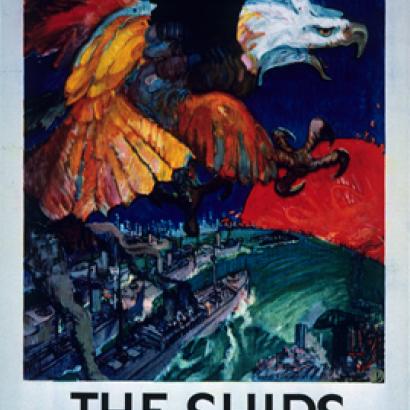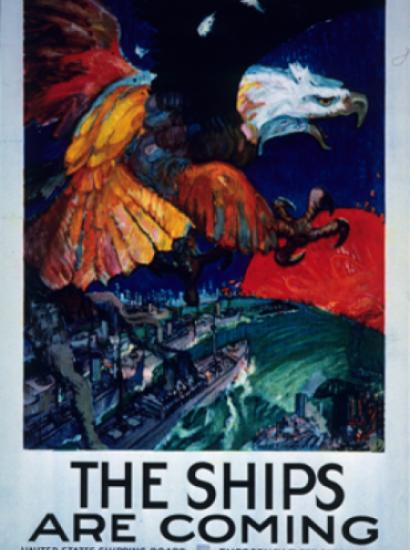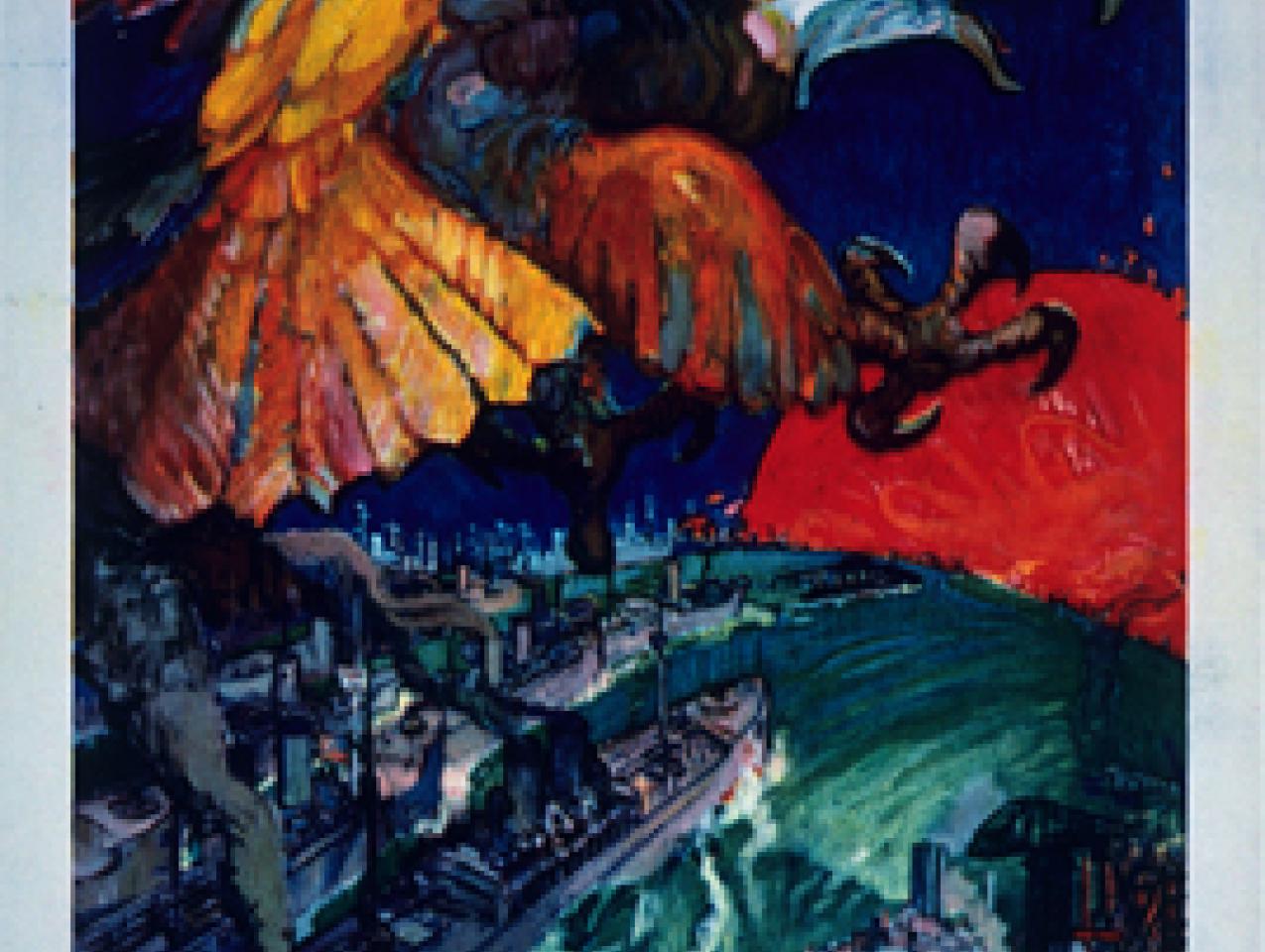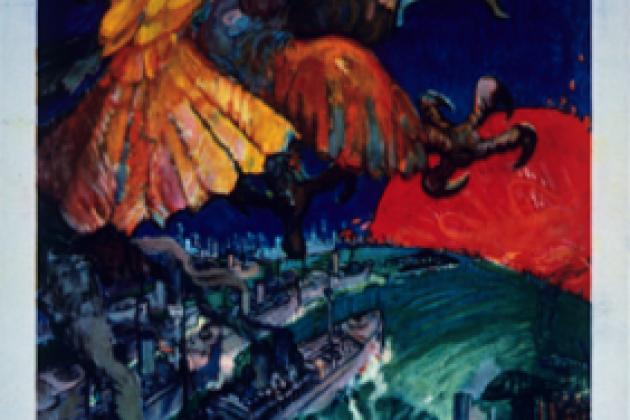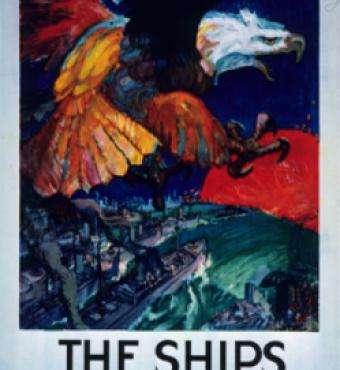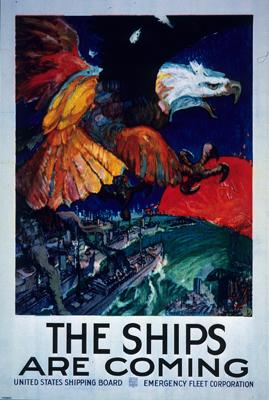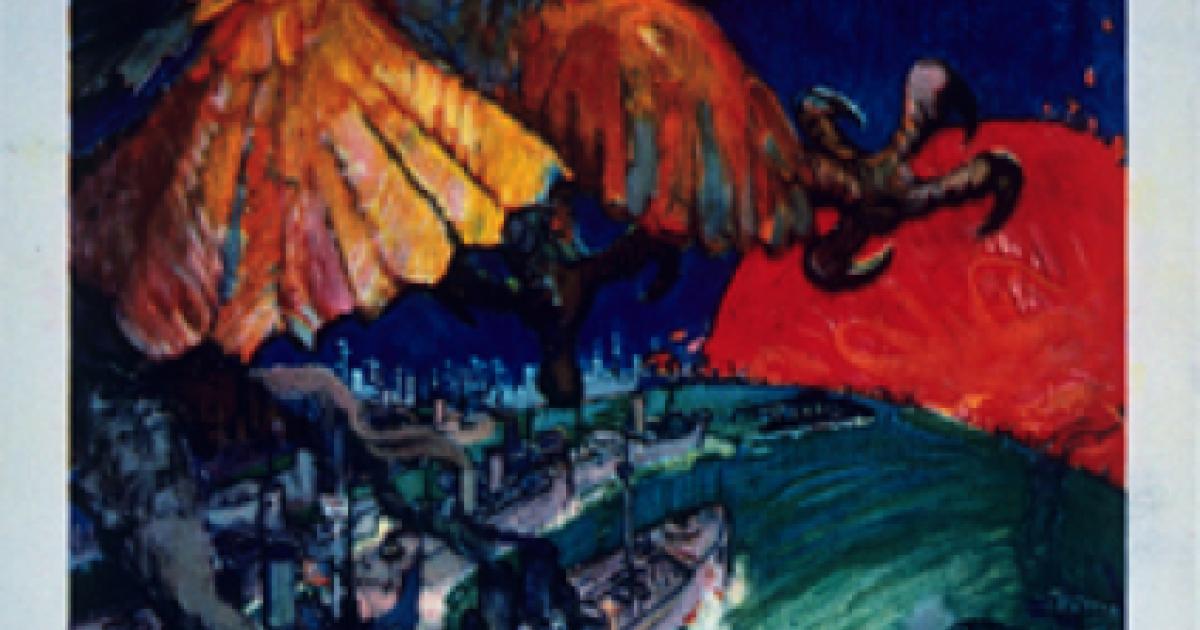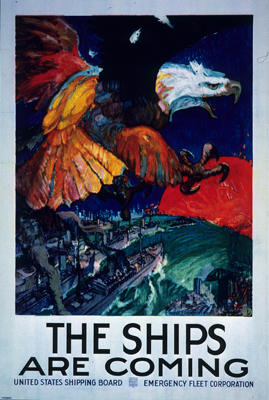
The Russian bear is waking up from hibernation and looking for neighbors to eat. Vladimir Putin’s seizure of Crimea and his support for insurgents in eastern Ukraine have other Eastern European countries—primarily the Baltic States and Poland—worried. Putin would like to see the North Atlantic Treaty Organization humiliated for the cardinal sin in his eyes of poaching countries in the Russian sphere of influence after the collapse of the Commonwealth of Independent States in 1991. The United States encouraged the enlargement of NATO in the next two decades, while at the same time significantly weakening its ground force commitment to Europe. Instead of the 350,000 American troops positioned in Germany and other Western European countries during the height of the Cold War, the United States today has just two brigade combat teams on the European continent (the 2nd Stryker Brigade in Germany and the 173rd Airborne Brigade in Italy). These forces are clearly insufficient to deter Russian adventurism should Putin decide to test NATO’s resolve.
NATO and the U.S. Defense Department are slowly awakening from their slumber. At a meeting this week in Brussels, the defense ministers from all twenty-eight NATO allies approved a plan to enhance the alliance’s forward presence in Eastern Europe, which will include an increased rotational presence and more military exercises in the region. “The increased readiness and the increased forward presence of our forces is a response and something which underlines that NATO is ready to defend all Allies against any threat regardless where it comes from. Our deterrence is based on this combination of forward presence combined with a strong ability to reinforce if needed,” NATO Secretary General Jens Stoltenberg said Wednesday. For its part, the United States has pledged to rotate a brigade’s worth of troops into Eastern Europe, with equipment stocks positioned in the region for their use. This system will amount to an enduring presence without officially declaring it so, a move that could run afoul of the pledge (albeit, conditional) in the 1997 NATO-Russia Founding Act not to permanently station NATO forces in Eastern Europe.
This is not the first time the United States has had to reassure its European allies after a withdrawal of forces from the Continent. In 1967 the Lyndon B. Johnson administration, straining under the weight of the Vietnam War and the expense of its Great Society programs, decided to withdraw two U.S. combat divisions from Europe. To demonstrate its continued commitment to the defense of NATO, the administration announced an annual exercise, Return of Forces to Germany (REFORGER), which would validate the ability of the U.S. military to rapidly reinforce the alliance in a crisis. REFORGER I took place in January 1969, with the 24th Infantry Division (Mechanized) deploying to Germany for maneuvers. Soldiers deployed with just their individual gear, drawing upon stockpiles of equipment positioned in POMCUS (Prepositioned Overseas Material Configured in Unit Sets) sites. The system enabled rapid reinforcement by U.S. units without incurring the expense of stationing the troops overseas.
REFORGER exercises ended in 1993, soon after the collapse of the Soviet Union, and the POMCUS stocks were withdrawn from Germany. Now a new version of REFORGER is being devised, with material stocks positioned further east. But the purpose remains the same: to deter Russian adventurism and reassure NATO allies of the U.S. commitment to their defense in fulfillment of Article V of the Washington Treaty. Unlike the earlier REFORGER exercises, which featured the deployment of entire combat divisions that represented a significant augmentation of the U.S. Army in Europe, the envisioned rotational deployment to Eastern Europe consists of just a few thousand troops. A brigade size force is clearly a trip-wire to show U.S. resolve without incurring the expense of building the real capabilities needed to blunt a Russian attack on NATO. Whether it works as intended remains to be seen.







